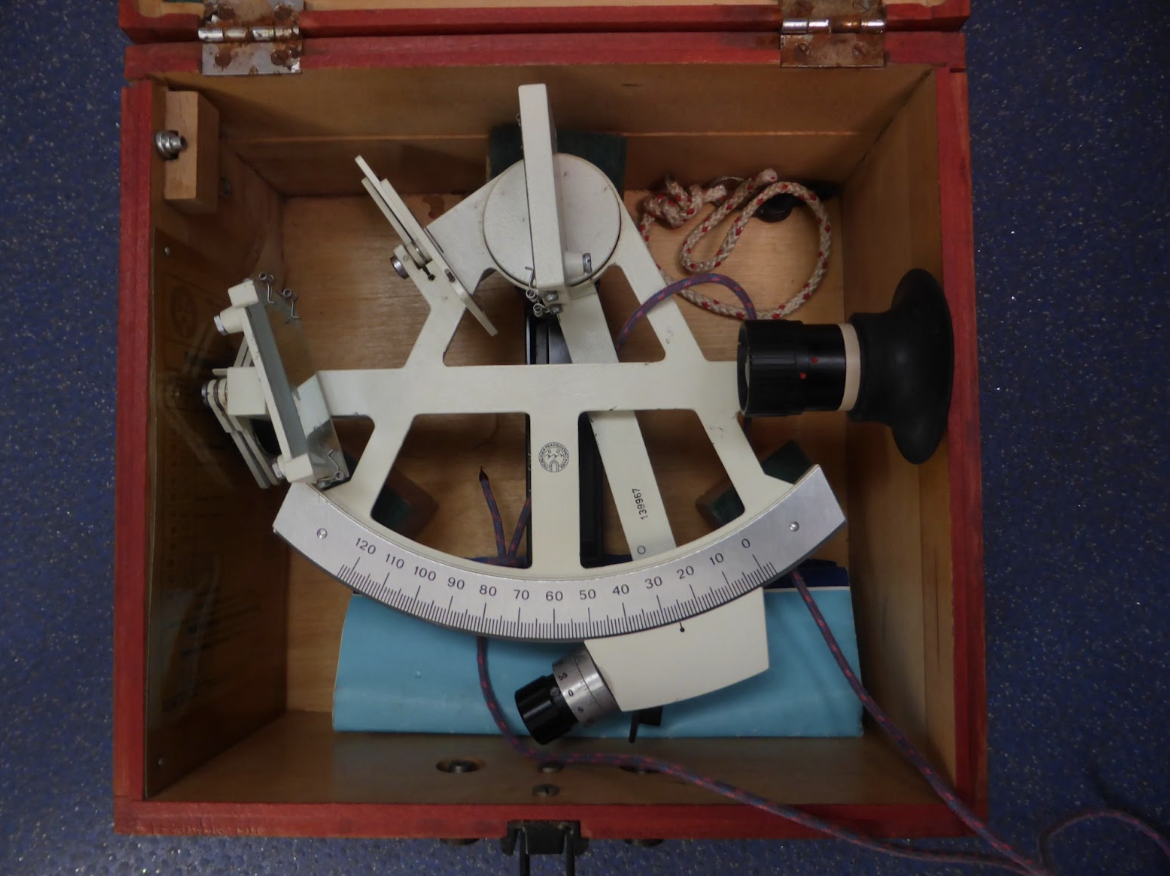
Boating, Sailing, Motoring, Yachting, Before I Buy An RYA Course, Which One Is for Me?
Looking out across the water watching all the boats gliding along on a summer evening you might wish you were out there with them, you might think ‘how do I take up boating?’ With RYA courses in dinghy sailing, powerboating, yachting, cruising etc… It can be a confusing start.
Breaking into the world of boating is easy, but first, you need to decide what type of boat you want to be on. There are many disciplines in boating and whilst they all have some commonality, an expert on one type of vessel could easily be a disaster on another. For example, a dinghy sailor with no engine experience will not be safe to operate a motor cruiser, and a motor yacht skipper could get into a lot of trouble attempting to use a mast and sails. A more familiar analogy could be the difference between riding a bicycle and driving a car; the rules of the road are the same but how you handle your vehicle is vastly different.
This blog applies to anyone who is yet to get out on the water, or who has very limited experience, and wants to learn to sail. We will look at all the different boating disciplines and learn enough to decide which type of boating we would like to take part in most, this should help you realise your dream much more realistically.
Contents
- Dinghy Sailing
- Keelboat Sailing
- RIBs and Powerboats
- Sailing Yachts
- Motor Yachts
What Is a Sailing Dinghy
Sailing is the process of travelling with the primary means of propulsion being the wind.
Dinghy originates from the hindi word ‘dingi’ meaning small boat.
Sailing dinghies are small boats that harness the power of the wind. These are usually used for recreational purposes in sheltered harbours, lakes, rivers or reservoirs.
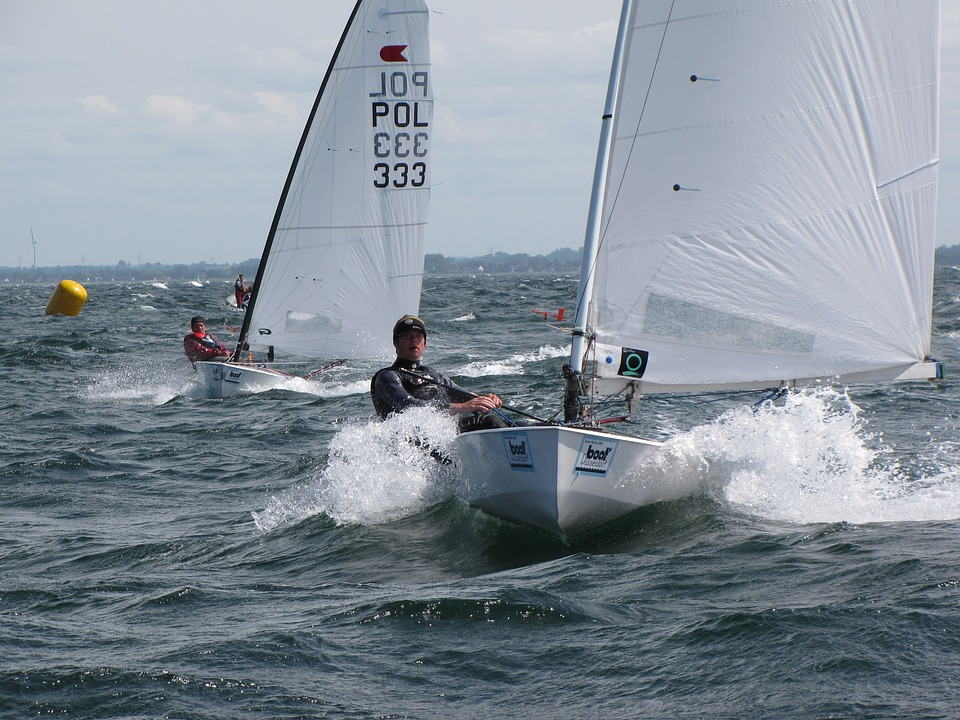
Dinghy sailing is considered easy to learn, excellent fun, and a cost-effective way to get afloat. Harnessing the power of the wind is rewarding, being so close to the water can make the speed exhilarating, and taking a small boat on a large body of water is adventurous. It can be physically challenging as you use your body weight to balance the vessel and simultaneously control the rudder and sails with your hands. This requires agility and coordination on your own, or teamwork if sailing with a crew, but it is easy to learn to sail regardless of age. Dinghies could be a means to a fun day out on the water, exploring the nearby shorelines or racing at local club nights.
Sailing dinghies are usually between 3-5m long but can come in a huge range of shapes: some are designed for speed, others for ease of use, it could be a monohull, catamaran, or even a foiling dinghy. They could also be designed for single-handed sailing or for a family adventure with 3-4 persons, but whoever is going with you, you can usually expect to get wet. Dinghies can be used almost anywhere there is a body of water, whether that’s on an inland reservoir or along the coast and they’re great for exploring very shallow areas, up inland waterways where other sailing boats can’t get to. They can also be easily transported by road due to their small size.
Whilst usually only used for a few hours, or a day, dinghies can also be used for camping trips. Tents can be rigged over many types of dinghies allowing adventurous dinghy sailors to explore remote shorelines.
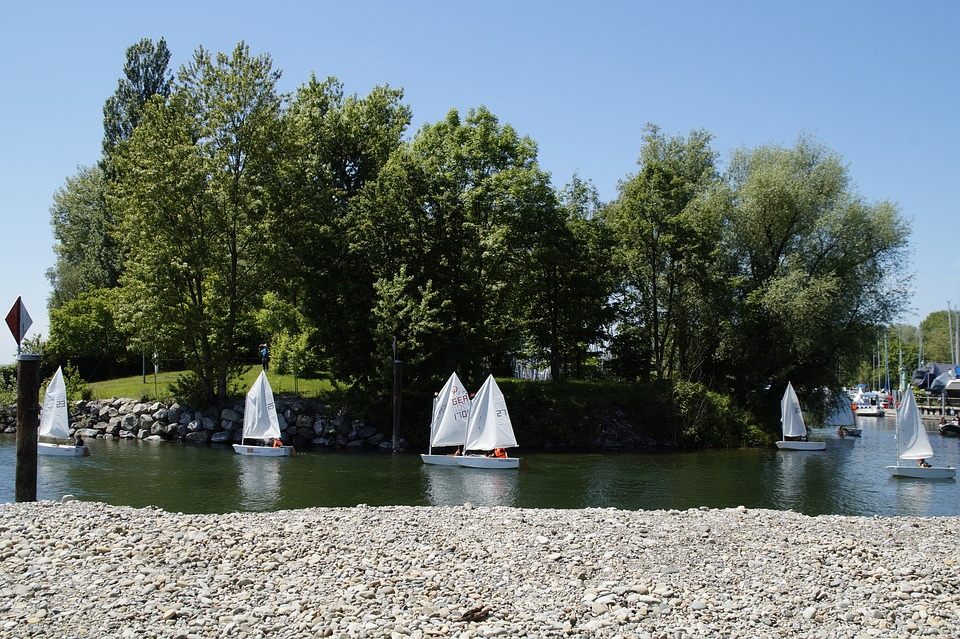
What Is a Keelboat?
A keelboat is a sailing boat with a keel.
Keels on sailing boats have two purposes:
- To provide resistance to the wind and stop a boat getting blown sideways.
- To add stability to a vessel by holding weight low down.
Keelboats are slightly larger than a dinghy but smaller than a yacht. Yachts have fixed overnight facilities like cabins, toilets and cooking equipment.
Keelboats are primarily used for race nights at yacht clubs, or day trips with friends/family, but could equally be used for short coastal adventures if fitted out with a tent.

Keelboats are usually 5-8m long, designed to be crewed by 1-6 persons and are usually used on the sea. As they are also designed to be sailed with a weighted keel they usually require slightly deeper water than a dinghy but are still small and light enough to be easily transported by road.
Keelboats provide more stability and comfort than a dinghy, whilst still maintaining the fun factor and exhilaration of a small boat. As they are taken slightly further out than a dinghy, it is not uncommon to find a small engine fitted on the back to cope with unexpected conditions. Slightly less balance and coordination is required when sailing a keelboat and you can expect to stay drier, however, they are generally designed for speed over comfort.
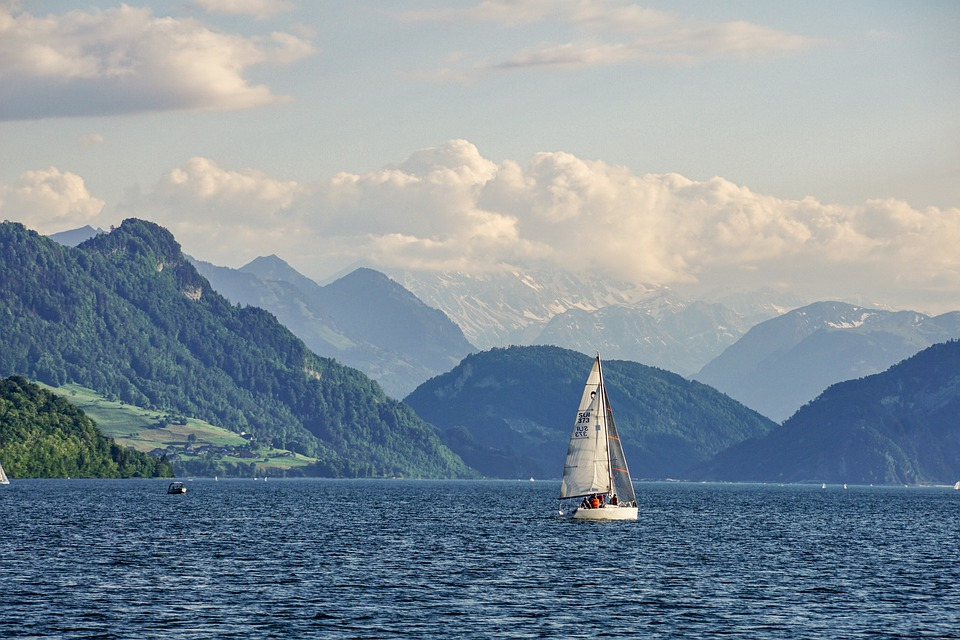
What Is a Powerboat
A powerboat is a fast engine/motor-driven boat designed for racing or recreation. Powerboats are the motorised equivalent of a keelboat, designed for day use, not overnight trips. A powerboat could be of many different designs including monohull, catamaran, RIB (rigid inflatable boat), and could be used on lakes, reservoirs, rivers, or at sea.
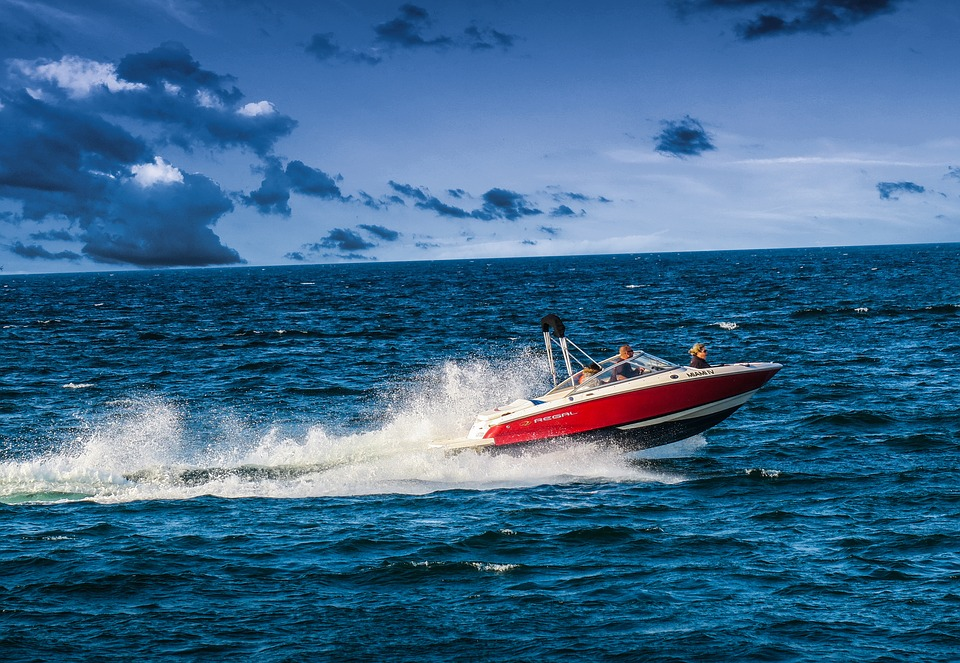
Powerboats usually range from 4-15m in length, but could, in theory, be any size, and whilst only needing one driver, could be kitted out to take any number of passengers.
Recreational powerboating gives the thrill of navigating the water at high speeds but also the ability to explore the coastline and quickly make short passages to nearby towns or beaches. However, powerboating is restricted to fair weather conditions.
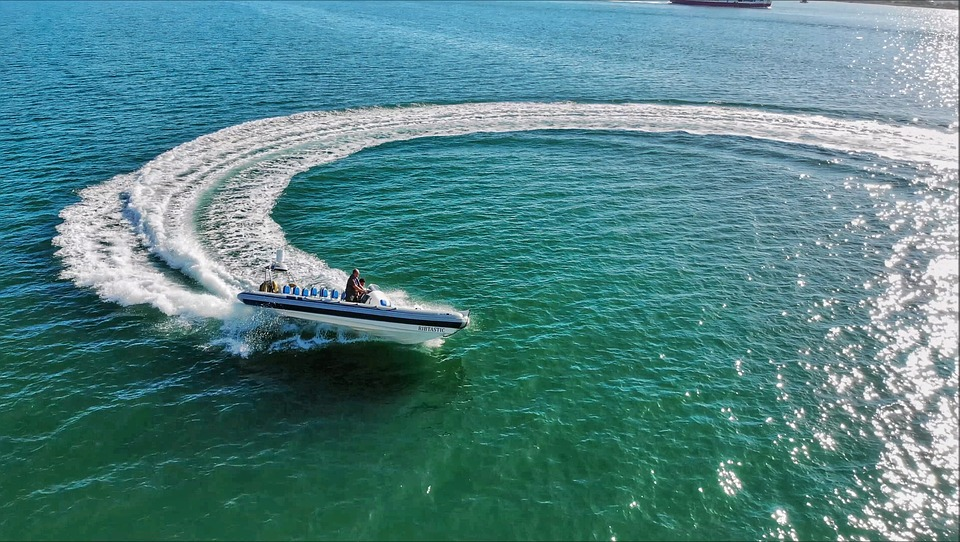
What is a Sailing Yacht
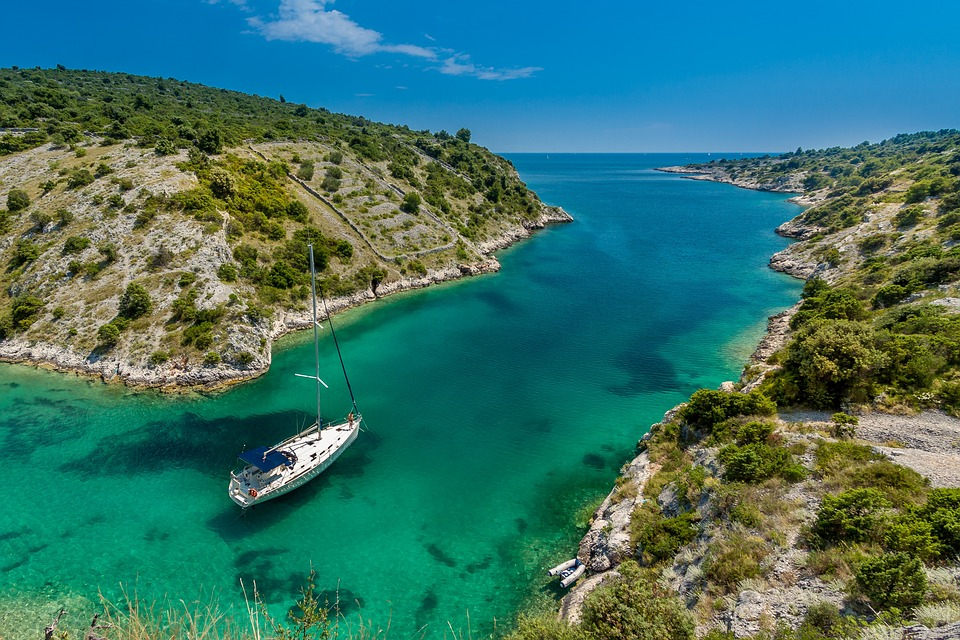
A yacht is a vessel kitted out with facilities to undergo longer passages in comfort i.e. beds, toilets and cooking equipment. A sailing yacht uses the wind as its primary means of propulsion.
Yachts can be used for cruising or racing. Cruising is all about travelling from place to place, enjoying the journey, and exploring new locations in comfort. It is essentially having a holiday on a yacht and could take you, your family, or your friends all around the world. Racing is arguably more common than cruising and is usually organised as a weekly event by yacht clubs. Most yacht racing is more friendly than competitive and a good excuse to get out on the water. If you live close to the coast, yacht racing could be a great regular social activity.
Sailing yachts usually start at about 7m in length but could in theory be of any size. They could be fairly basic and feel close to camping, or luxurious and comfortable. A greater investment is required to get into yachting as the boats are bigger, more expensive and more powerful. However, it isn’t necessarily any harder as yachts are fitted out with much more equipment to make sailing easier; such as winches and electronics. Most yachts are designed to be handled by more than one person.
Nearly all sailing yachts are also fitted with engines for convenience if the wind isn’t favourable.

What Is a Motor Yacht
A motor yacht is a vessel kitted out with facilities to undergo longer passages in comfort (beds, toilets, cooking equipment) and uses an engine or motor as its primary means of propulsion.
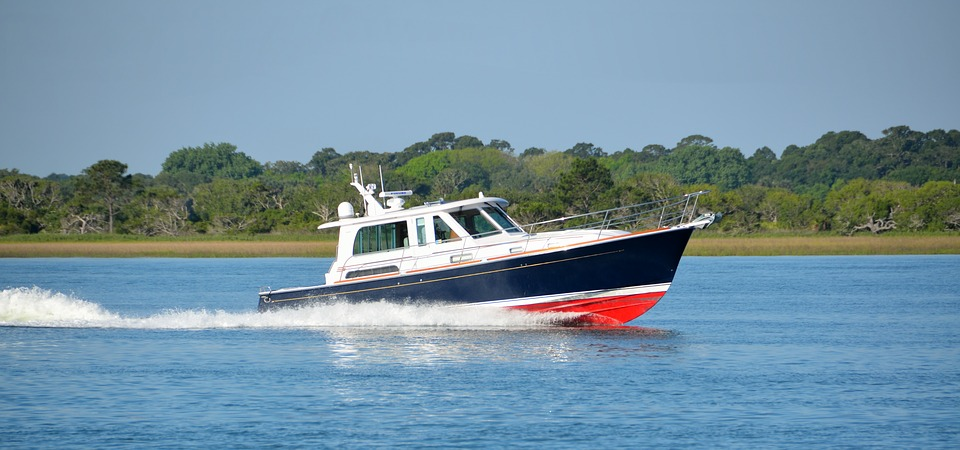
Motor yachts are primarily used for cruising. We can achieve very similar results with a motor yacht to a sailing yacht except a motor yacht will typically go faster, but have less range (due to fuel consumption) and be more restricted by weather. Taking a motor yacht out could involve a day trip along the coast or an extended cruising holiday exploring coastlines and islands with friends or family. Most yachts are designed to be handled by more than one person.
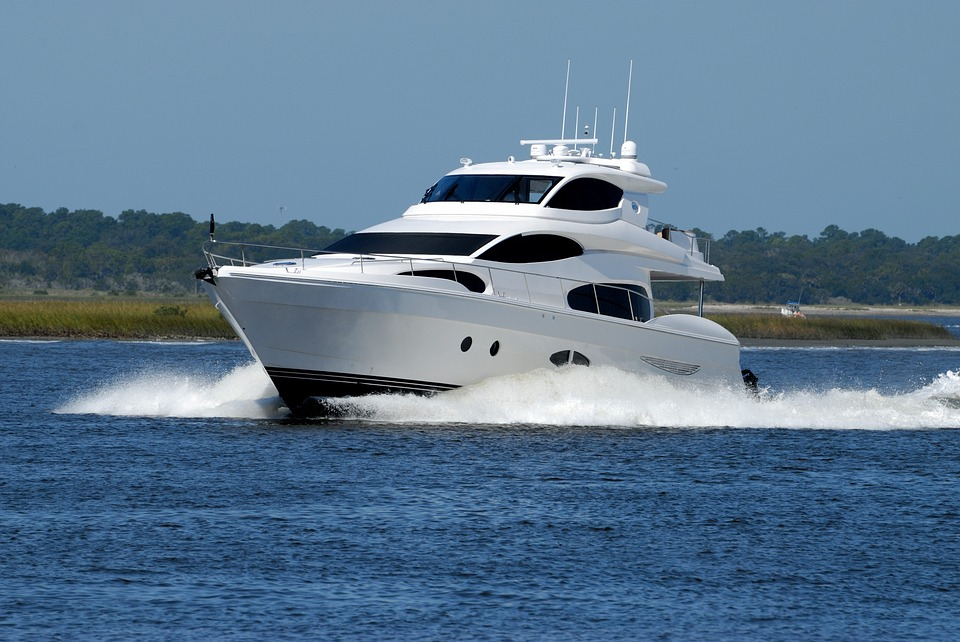
Which One Is For You?
It’s important to pick the right direction for you. Do you want comfort or sport? Solo adventure or family holiday? Whatever you choose, at least you can now make an informed decision.
Dinghies are better for spontaneous sport and yachts for cruising in comfort. Motors get you where you want to go quickly, but sails can offer a more rewarding journey.
All of these types of boating can be explored for recreational, social, or professional purposes and all require training. At Ardent Training we specialise in yacht training (motor and sail), if yachts are for you then check out our blog ‘How to Get into Sailing – Finding a boat trip!’ or enquire about our range of yachting training courses with Ardent Training.
If dinghies, keelboats or powerboats are your cup of tea, then head over to the RYA website for more information.

